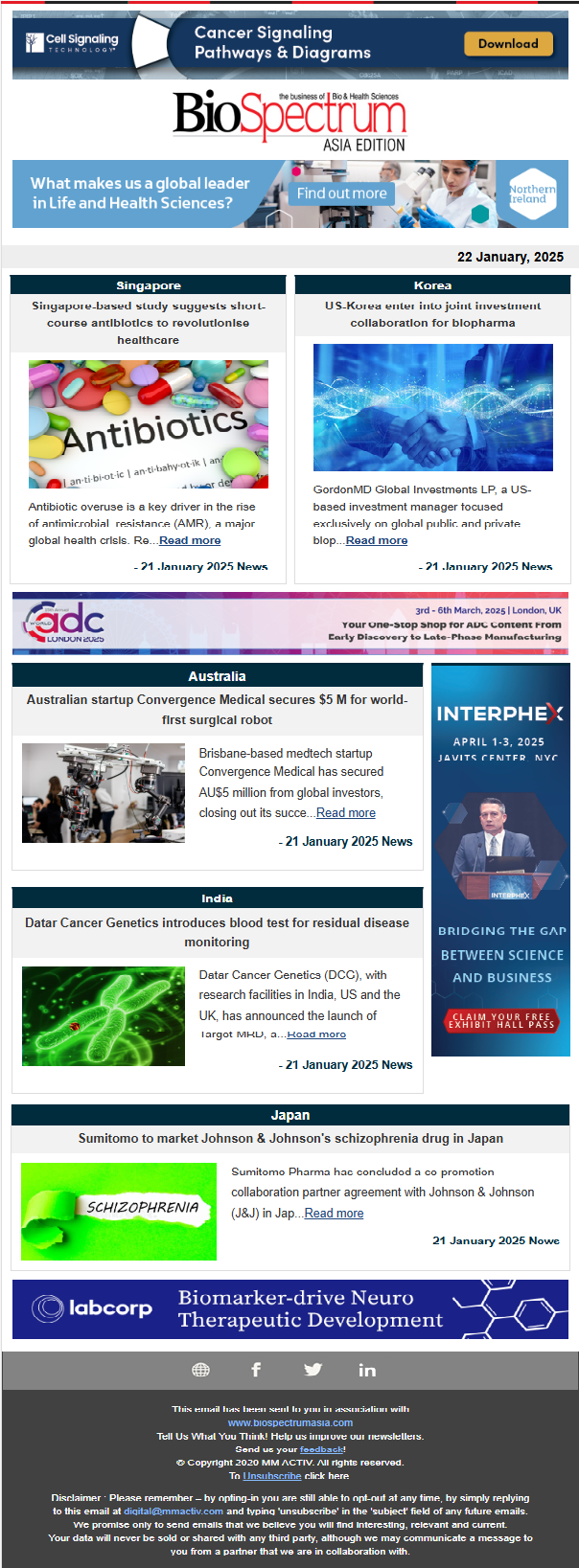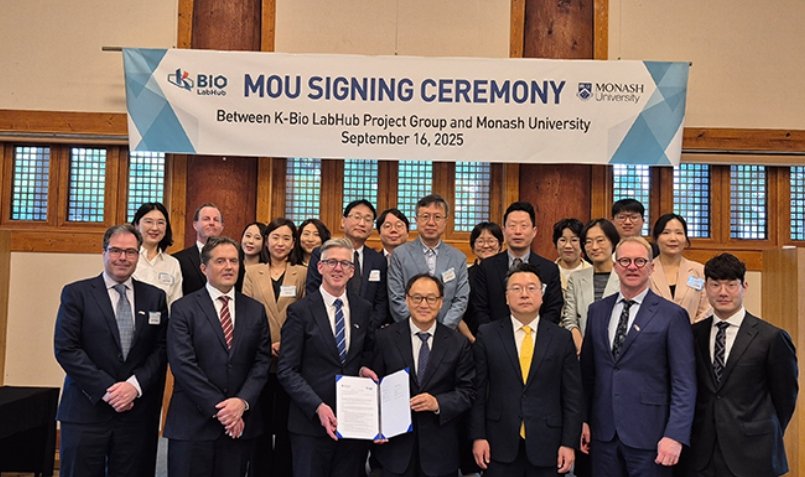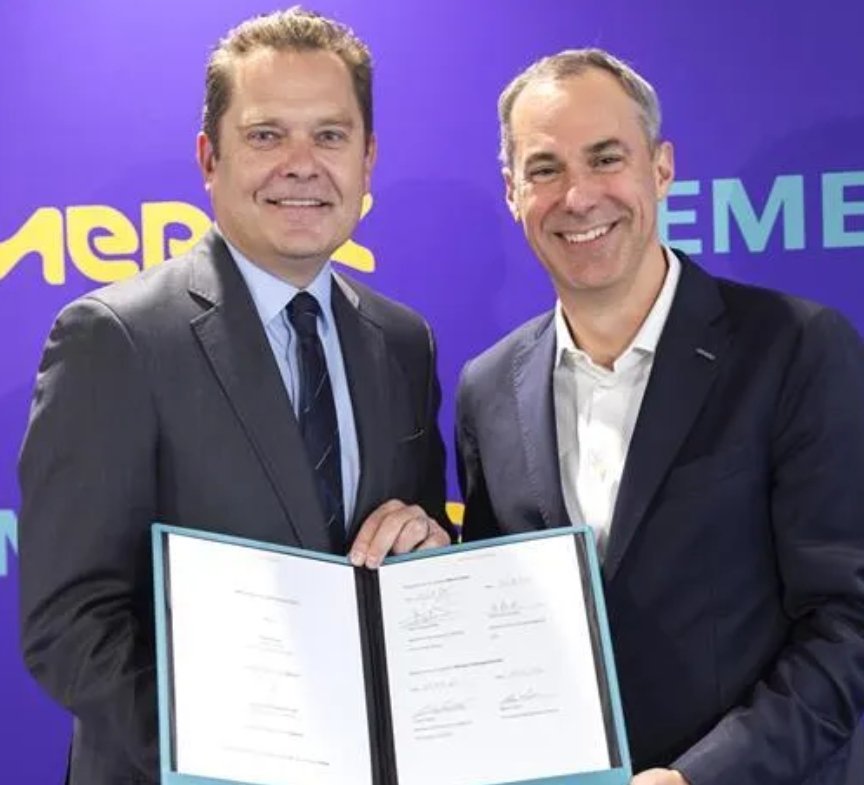
Pfizer reported a strong fourth quarter (Q4) of 2024, achieving $17.8 billion in total revenues, reflecting a 21% year-over-year (YoY) operational growth. The company’s full-year 2024 revenue reached $63.6 billion, marking a 7% YoY increase, or 12% growth excluding contributions from Paxlovid and Comirnaty.
Key Financial Metrics (USD Millions, % YoY Change)
|
Metric |
Q4 2023 |
Q4 2024 |
% Change (USD) |
|---|---|---|---|
|
Total Revenue |
14,570 |
17,763 |
+22% |
|
Net Income |
-3,369 |
410 |
N/A |
|
Diluted EPS |
-0.60 |
0.07 |
N/A |
|
Adjusted Income |
593 |
3,592 |
* |
|
Adjusted Diluted EPS |
0.10 |
0.63 |
* |
(*) Indicates calculation not meaningful due to prior-year losses.
Pfizer’s operating income for Q4 2024 surged to $3.53 billion, a 37% increase YoY, demonstrating significant cost efficiencies and improved operational execution. Core operating income grew by 29% YoY, showcasing the company’s ability to drive profitability despite fluctuating pandemic-related sales.
Revenue Breakdown and Growth Drivers
Pfizer’s revenue growth in Q4 2024 was driven by the strong performance of key products across multiple therapeutic areas, excluding contributions from its COVID-19 treatments, Paxlovid and Comirnaty. The company achieved an 11% operational revenue increase, primarily supported by its leading franchises.
The Vyndaqel family demonstrated remarkable growth, with sales increasing by 60% operationally. This surge was largely attributed to higher diagnosis rates and improved affordability in the U.S., which expanded patient access. Eliquis, a widely used anticoagulant, experienced a 13% operational increase in revenue, benefiting from its growing adoption in the treatment of atrial fibrillation. Similarly, Nurtec ODT/Vydura sales climbed by 39%, driven by strong demand in the U.S. and successful international launches that broadened its market presence. Xtandi, a prostate cancer treatment, also contributed significantly to Pfizer’s revenue expansion, with a 24% operational growth following its approval for non-metastatic castration-sensitive prostate cancer, allowing it to address a broader patient population.
Despite these growth drivers, some products faced revenue declines. Abrysvo, a vaccine for respiratory syncytial virus (RSV), recorded a sharp 62% drop in sales, primarily due to lower vaccination rates among older adults. Xeljanz, an anti-inflammatory medication, saw its revenue decrease by 29% as a result of shifting prescription patterns and regulatory challenges that impacted its market position. Additionally, Pfizer’s oncology biosimilars faced a 35% decline, influenced by supply constraints and intensified competition in the market.
Overall, while Pfizer capitalized on the strong performance of key franchises, it also navigated challenges in certain segments. The company’s revenue trajectory reflects a strategic emphasis on expanding its high-growth products while addressing market dynamics affecting other areas of its portfolio.
R&D and Pipeline Advancements
Pfizer maintained its commitment to innovation by investing in next-generation therapies across oncology, vaccines, and internal medicine, achieving significant regulatory and clinical milestones. One of the key advancements was the U.S. Food and Drug Administration’s (FDA) accelerated approval for Braftovi (encorafenib) in combination with cetuximab for the treatment of BRAF-mutant metastatic colorectal cancer. This approval marked an important step in expanding targeted treatment options for patients with this aggressive cancer type.
In Europe, Pfizer secured regulatory success with the European Commission’s approval of Hympavzi (marstacimab-hncq) for hemophilia A and B. This approval provided a new therapeutic option for patients managing these rare bleeding disorders, further strengthening Pfizer’s position in the hematology space. Additionally, the company made significant progress in oncology, particularly with Ibrance, which showed strong Phase 3 clinical trial results in HR+/HER2+ metastatic breast cancer. The trial demonstrated significant benefits in progression-free survival, reinforcing Ibrance’s role as a leading therapy in the treatment of breast cancer.
Pfizer’s pipeline also saw promising developments in immuno-oncology, particularly with sasanlimab, an investigational PD-1 monoclonal antibody. Positive Phase 3 trial results for sasanlimab in non-muscle invasive bladder cancer indicated its potential to become a valuable treatment option in the evolving bladder cancer landscape.
Looking ahead, Pfizer continues to expand its pipeline with a strong focus on late-stage clinical developments. The company is advancing nine Phase 3 readouts and 13 potential pivotal programs in 2025, spanning key therapeutic areas such as oncology, inflammation, and infectious diseases. These efforts reflect Pfizer’s strategic commitment to driving innovation and delivering breakthrough treatments to address unmet medical needs across a diverse range of diseases.
Cost Management and Capital Allocation
Pfizer implemented strategic efficiency initiatives in 2024, resulting in $4 billion in cost savings. These savings were achieved through rigorous cost realignment, operational streamlining, and manufacturing optimization. Building on this success, the company raised its 2025 savings target to $4.5 billion, reinforcing its commitment to financial discipline while maintaining investment in key growth areas. By optimizing its cost structure, Pfizer aims to enhance profitability and improve resource allocation for long-term value creation.
Capital allocation remained a key focus for Pfizer, with significant reinvestment in research and development (R&D) to sustain its innovation pipeline. In 2024, the company allocated $10.8 billion to R&D, supporting the advancement of next-generation therapies and pipeline expansion across oncology, inflammation, and infectious diseases. This investment underscores Pfizer’s commitment to scientific breakthroughs that drive future revenue growth.
In addition to reinvesting in innovation, Pfizer prioritized shareholder returns, distributing $9.5 billion in dividends, amounting to $1.68 per share. This consistent dividend payout reflects the company’s strong cash flow generation and commitment to delivering value to its investors. Furthermore, Pfizer focused on strengthening its balance sheet by reducing debt. The company allocated $7.8 billion toward debt repayment, improving its financial position following the Seagen acquisition. This deleveraging strategy enhances Pfizer’s financial flexibility and positions it for sustainable growth.
Despite these capital investments and cost-saving measures, Pfizer did not execute any share repurchases in 2024. However, it maintained a $3.3 billion share repurchase authorization, providing strategic flexibility for potential buybacks in the future. This measured approach to capital deployment ensures that Pfizer can balance shareholder returns, business investments, and financial stability while navigating evolving market conditions.
2025 Financial Guidance
Pfizer reaffirmed its 2025 financial guidance, forecasting continued revenue growth and strategic capital investments. The company expects total revenue between $61.0 billion and $64.0 billion, driven by new product launches, continued growth in key therapeutic areas, and increased global market penetration.
To support its pipeline expansion and late-stage drug development, Pfizer plans to allocate between $10.7 billion and $11.7 billion in adjusted R&D expenses. This investment underscores Pfizer’s commitment to driving innovation in oncology, rare diseases, and infectious disease treatments.
Pfizer projects adjusted diluted earnings per share (EPS) between $2.80 and $3.00, reflecting a stable financial outlook and expected profitability improvements from cost-saving measures.
Additionally, capital investments in manufacturing and digital transformation will remain a priority in 2025. Pfizer aims to enhance operational efficiencies, improve supply chain resilience, and expand digital capabilities to support long-term growth and market adaptability.
Pfizer’s Q4 2024 results demonstrated strong execution, strategic cost management, and continued pipeline innovation. While certain pandemic-related product revenues declined, strong performance in oncology, cardiovascular, and neurology segments fueled growth. With an expanded R&D pipeline, cost-saving measures, and a solid financial position, Pfizer is well-positioned to drive sustainable growth and shareholder value in 2025 and beyond.




